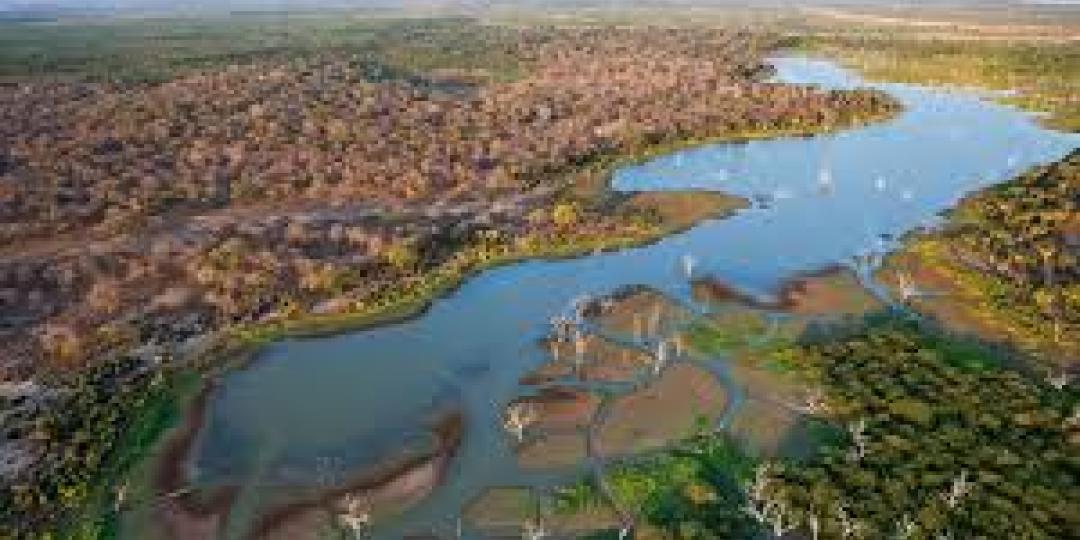Where is it and how do you access it?
The Okavango Delta is serviced by Air Botswana and Airlink, both flying into Maun international airport. There are non-stop, 1 hour 45 minute flights to Maun from Johannesburg, with average flight time from Cape Town to Maun variable, depending on the number of stops.
A large number of air transfer operations deliver passengers to their destination camps from the tourist hubs of Kasane (Chobe National Park) and Maun (Okavango Delta). Those wishing to drive and camp in the Delta’s popular Moremi Game Reserve can reach Maun on good roads, from Johannesburg via Gaborone and Francistown. From Maun into the Delta a 4x4 is recommended.
What makes it a great tourist destination?
The Okavango Delta is the largest inland delta on earth and one of the most iconic natural areas on the planet. The Delta was listed as the 1000th World Heritage Site on June 22, 2014, and named as one of the Seven Natural Wonders of Africa just a year previously. The Okavango Delta is formed when the Okavango River flows into the Kalahari Desert as fingers of water from the Angolan Highlands forming a unique wetland, a vast oasis, in the process.
What is unique about the destination?
It is one of the seven natural wonders of the world. Its significant differentiating factor as a safari destination is the Delta’s ability to offer land- and water-based game viewing, the latter from a mokoro (traditional canoe used by the Bayeyi people of the delta).
The water channels, palm-tree islands and delta plains make the Okavango the ultimate wildlife photographer’s paradise, one of NatGeo TV’s favoured destinations.
Visitors can learn about the cultures of the local Batswana tribes resident in the area, like the Wayeyi or Bayeyi – the water people – or the San Bushmen. Certain lodges and operators offer such experiences.
What are the top activities for tourists?
Land-based wildlife photography in the park, and opportunities to photograph and film the iconic elephant and buffalo herds from boats on the river. Flights over the area also available.
Seasonality?
The best game-viewing depends on visitor tastes. It is important to know that the majority of the estimated 200 000 large mammals in and around the Delta are not year-round residents. They leave with the summer rains to find renewed grazing and trees to browse, then make their way back as winter approaches, when the annual flood waters have arrived from the Angolan highlands.
The months of March, April and May are regarded by many as the best time to visit the Delta because the water levels are high enough to appreciate ‘green’ bush courtesy the arrival of those Angolan highlands floodwaters, while low enough, not too thick, for visitors to still see abundant wildlife.
Malaria and other health considerations?
Mosquito repellents and prophylactics are essential as this is a malarial area, with ‘mozzies’ at their peak activity in the rainy summer months.
Other travellers’ tips
Hats and sunscreen lotion essential, as are layers of clothing, as cold and rain can suddenly arrive, even out of season.























